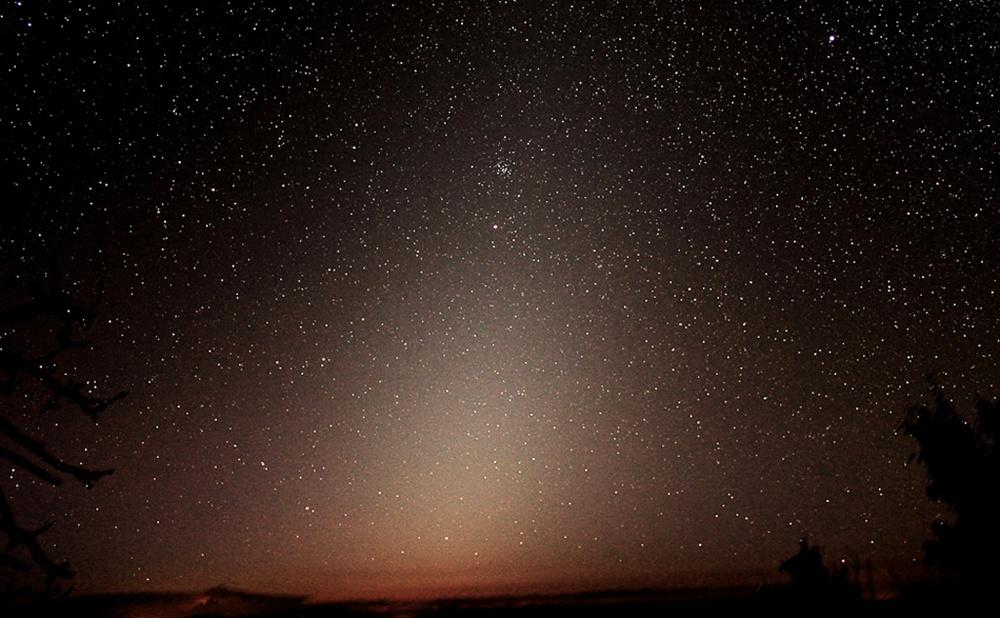Worth Looking Up For: Last Horizon
Zodiacal light will be visible just after dusk for just a few more days.
March 31, 2014
In 1975, rock band Queen’s lead guitarist, Brian May, recorded the now-famous solo in the timeless anthem “Bohemian Rhapsody.” A well-rounded international rock superstar, May went on to pen classics such as “We Will Rock You,” “Fat-Bottomed Girls” and A Survey of Radial Velocities in the Zodiacal Dust Cloud.
The latter, May’s astrophysics dissertation, describes a unique, ephemeral phenomenon, zodiacal light, whose peak viewing period comes to a close this month. The delicate glow is easily disrupted by city-born light pollution, remnants of day, and eager moonlight so the vernal moon’s early rise closes the window of observability.
When it is visible, however, zodiacal light forms a wide-based pyramid-shaped shimmer emanating from the western horizon. The phenomenon is the only way in which the interplanetary dust cloud, an agglomeration of miniscule interplanetary clutter that reaches out from the sun and clusters along the plane of planet orbits, is visible to the earth-bound naked eye. And just as particles in the interplanetary dust cloud are relatively miniscule and are quickly expelled by solar radiation pressure, zodiacal light will only be visible for a few more days before the waxing moon overpowers it.










